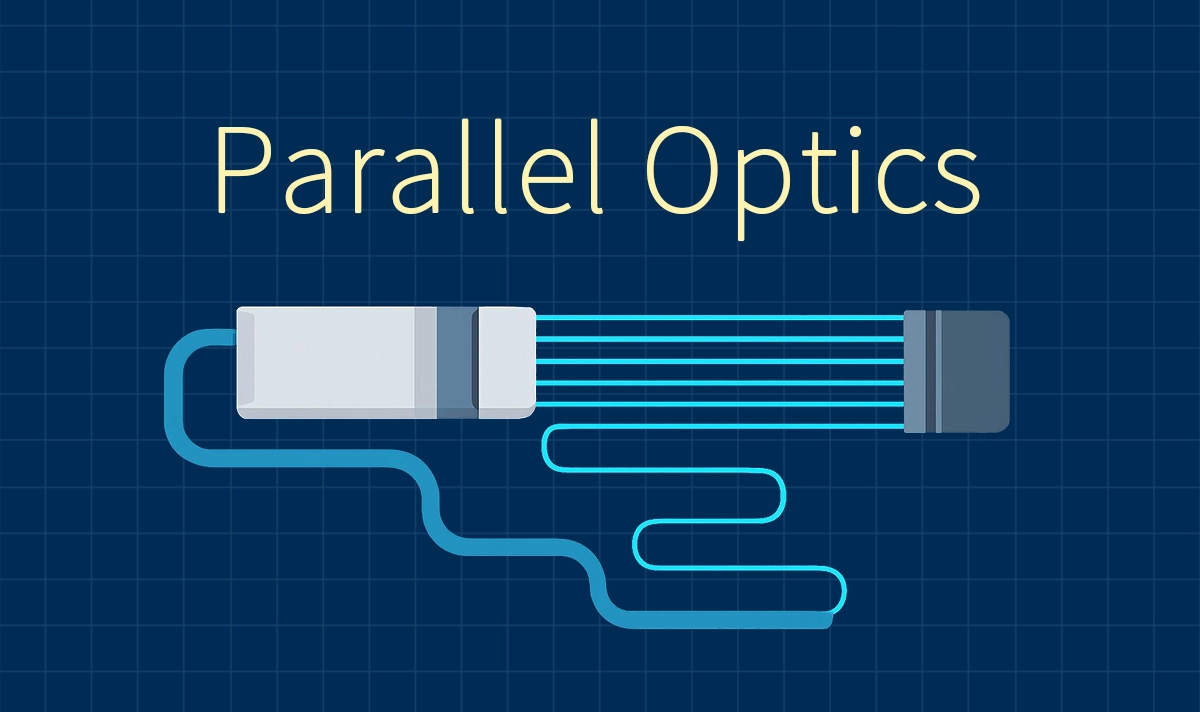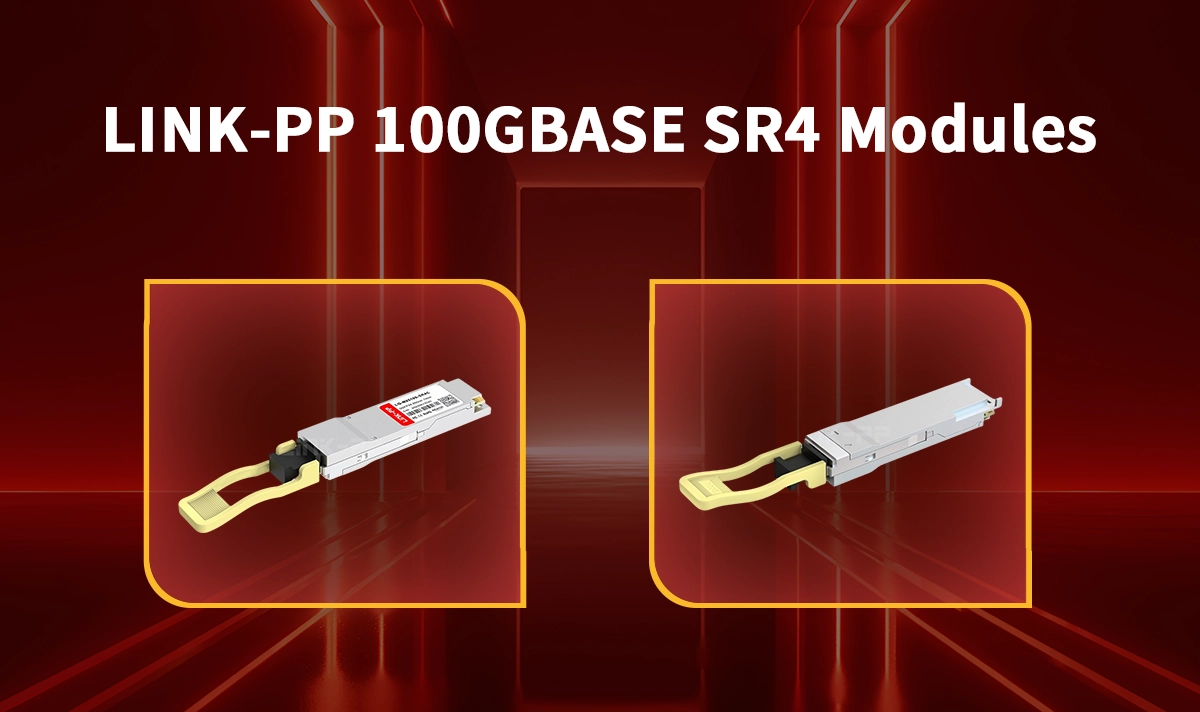
✅ Introduction
In today’s data-driven world, the demand for faster, more reliable network infrastructure continues to grow. Technologies such as Parallel Optics have become essential for data centers, cloud computing environments, and high-performance computing systems. By transmitting data over multiple fibers simultaneously, Parallel Optics provides an efficient way to achieve high aggregate bandwidth with reduced latency.
✅ What is Parallel Optics?
Parallel Optics is a method of transmitting optical signals using multiple fibers in parallel. Instead of relying on a single fiber to carry a high-speed serial signal, this technology divides the data stream into several lower-speed channels that run simultaneously across multiple fibers. At the receiving end, the channels are recombined into the original high-speed signal.
This architecture allows networks to scale beyond the limitations of serial optics. For example:
40GBASE-SR4: Four fibers each carrying 10 Gbps for a total of 40 Gbps.
100GBASE-SR4: Four fibers each carrying 25 Gbps for a total of 100 Gbps.
400GBASE-SR8: Eight fibers each carrying 50 Gbps for a total of 400 Gbps.
✅ Advantages of Parallel Optics
Higher Bandwidth Capacity – Supports rapid scaling to 100G, 200G, 400G, and beyond.
Improved Signal Integrity – Lower per-channel data rates reduce noise and crosstalk issues.
Scalability – Easily supports future network upgrades with modular optical infrastructure.
Data Center Efficiency – Optimized for high-density applications using MPO/MTP connectors.
✅ Applications of Parallel Optics
Parallel Optics is widely deployed in:
Data Centers – Supporting large-scale server-to-server connections.
Cloud Service Providers – Handling massive data traffic for AI, big data, and storage systems.
High-Performance Computing (HPC) – Delivering the low latency and high throughput required for research and simulations.
Next-Generation Ethernet – Serving as the foundation of 40G, 100G, 200G, and 400G Ethernet standards.
✅ LINK-PP’s Parallel Optics Solutions

As a global supplier of optical transceivers, LINK-PP provides high-performance modules designed for Parallel Optics applications:
QSFP28 SR4 Modules: Delivering reliable 100G transmission over multi-mode fiber with MPO connectors. Explore QSFP28 SR4 Modules
200/400/800G Transceiver Modules: Enabling next-generation high-speed networking with advanced Parallel Optics technology, tailored for data-intensive environments. Browse 200G/400G/800G Transceivers
These solutions are built to meet IEEE Ethernet standards, ensuring compatibility and long-term reliability across a wide range of networking infrastructures.
✅ Conclusion
Parallel Optics is shaping the future of data transmission by enabling higher bandwidth, scalability, and efficiency. For enterprises and service providers aiming to meet the growing demand for speed and performance, adopting Parallel Optics solutions is no longer optional—it is essential.
LINK-PP supports this evolution with its QSFP28 SR4 and 200/400/800G transceiver modules, helping data centers and network operators build robust, future-ready infrastructures.




